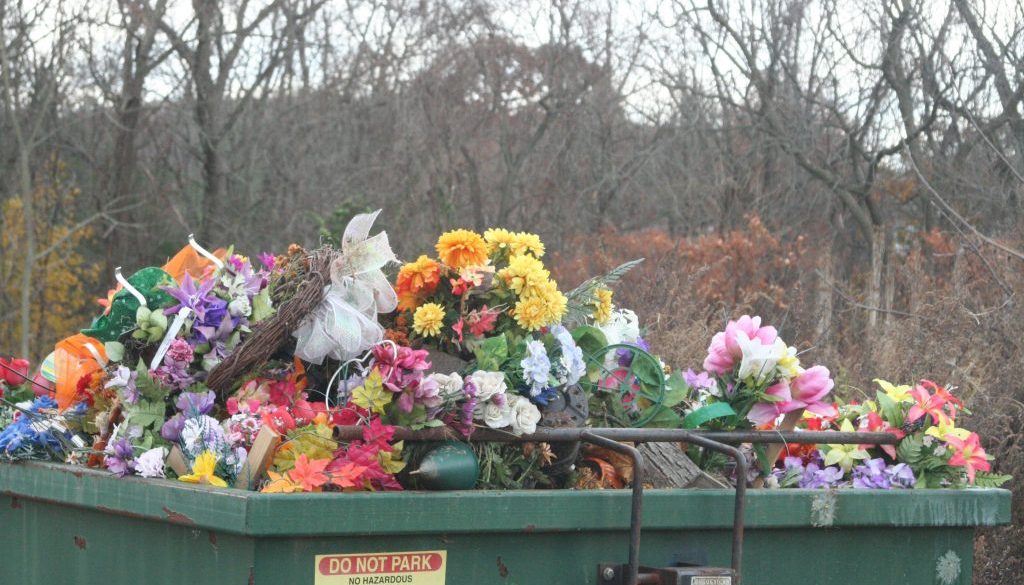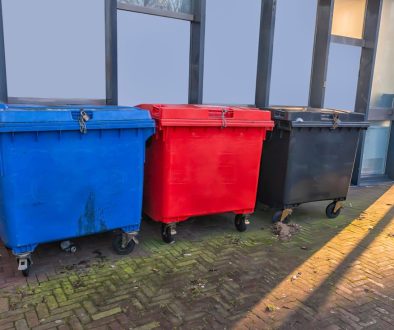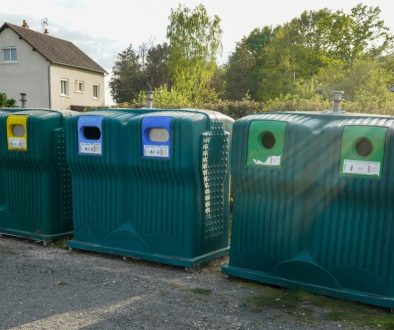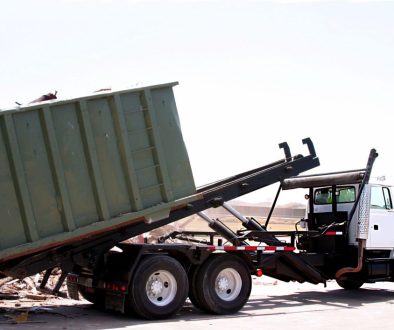Whether it’s for a home renovation, spring cleanout, or a construction project, skips are an essential part of the process. However, when it comes to skips, it’s important to understand the risks of overloading them.
It’s an all-too-familiar sight: a skip filled to its brim with rubbish and debris, with items spilling out of the sides and over the top. While this may seem like an efficient way to clear up your space, overloaded skips are actually a dangerous and illegal practice that can have serious consequences.
Understanding the implications of an overloaded skip, and why it’s important to never overload one, is essential for anyone looking to hire a skip for their rubbish removal needs.
How Much is Too Much?
It’s easy to be tempted to overfill a skip, especially if you’re in a hurry or have a lot of waste to get rid of. However, it’s important to understand the risks associated with overloading a skip. With that in mind, skip sizes vary, but it’s unsafe to overload a skip above six inches above the rim or top. Overloading a skip can cause a number of problems, including:
- Increasing the risk of items falling off the back of the truck, which can cause injury to other road users
- Excessive weight on the skip can cause the skip to break or become damaged
- Overloading can put a strain on the skip hire company’s truck, which can cause damage to the vehicle
It’s important to remember that when you hire a skip, you are responsible for the waste that is placed in it. If you overload the skip, you may be liable for any damage or injury caused as a result. Overfilling or overloading a skip can also be costly.
Skips that are filled beyond their capacity may be refused collection by the skip truck operator. This means that the customer will have to purchase another skip to take away the excess waste, or pay an extra fee to have the skip truck operator come and collect it.
If you need to dispose of more waste than a skip can hold, it’s best to hire a larger skip or multiple skips. This will ensure that you are disposing of your waste safely and responsibly.
Overloading a Skip Poses Health and Safety Hazards to the Public
Skip can be a great way to quickly and easily dispose of excess waste, but overloading them can have serious health and safety consequences.
When skips are overloaded, they become unstable and can pose a risk to anyone nearby, especially if they are placed on uneven ground. In addition, overloading can cause the skip to collapse, creating a tripping hazard and potentially resulting in injury.
Furthermore, when skips are filled beyond their capacity, it can be difficult to close the lid, leading to potential exposure to hazardous materials or objects that could cause harm. The best way to ensure that the skips are safe is to ensure they are not overloaded. This can be done by regularly monitoring the skip’s contents and ensuring that it’s not filled beyond its capacity.
It’s also important to ensure the skip is placed on a level surface, as an uneven surface can cause the skip to become unstable. Additionally, it’s crucial to keep the lid closed securely, as this will help to prevent any hazardous materials from escaping.
How to Avoid Overloading a Skip
Overloading a skip can be a dangerous and costly mistake. If hazardous materials escape, it can lead to serious injury, fines, and even criminal charges. To ensure that you avoid overloading a skip, here are some tips:
1. Make sure to choose the correct skip size. This is because the skip size will determine how much material you can fit in it and its weight capacity. To ensure that you get the right size skip for your needs, measuring the size before you start loading it up with materials is important.
Measuring the skip size before you start loading it is relatively simple. All you need to do is measure the skip’s length, width, and height. This will give you a good idea of the total volume of the skip and help you estimate how much material you can fit in it.
It’s also important to know the weight capacity of the skip. Different skip sizes have different weight capacities, so you must ensure you don’t exceed this limit. The weight limit is usually printed on the side of the skip, but if you’re unsure, you can always ask the skip hire company.
2. Start by loading the heavier items first. This will help evenly distribute the weight within the skip, reducing the risk of overloading it. It’s also important to try to keep the weight as low as possible, as any heavy items should be placed at the bottom.
3. Load the skip evenly, and fill any gaps with lighter items. This helps to make sure that the skip is filled efficiently and doesn’t become unbalanced. It’s also essential to make sure that any items are securely packed, so that they don’t move around during transit.
4. Secure the lid. Once the skip is loaded, ensure the lid is closed securely so that no hazardous materials can escape.
By following these tips, you can avoid overloading a skip. Doing so will help to keep you, your employees, and the environment safe from harm.
The Bottom Line: Never Overload a Skip When Renting One for Your Disposal Needs
When it comes to renting a skip for your disposal needs, it is essential to remember one key rule: never overload it. Skips come in different sizes for a reason, and if you overload it, you could be putting yourself at risk.
Overloading a skip can cause it to become unstable, which could result in the contents spilling out onto the road. This could lead to a dangerous situation for both yourself and other drivers, and it could also result in fines or other legal repercussions.
Are you looking for the cheapest skip hire in Stoke-on-Trent? Look no further than Enviro Skip Hire! We provide quality skip-hire services at competitive prices, and our experienced team of professionals can answer any questions you may have. Contact us today to find out more about our services and to get a free quote!




